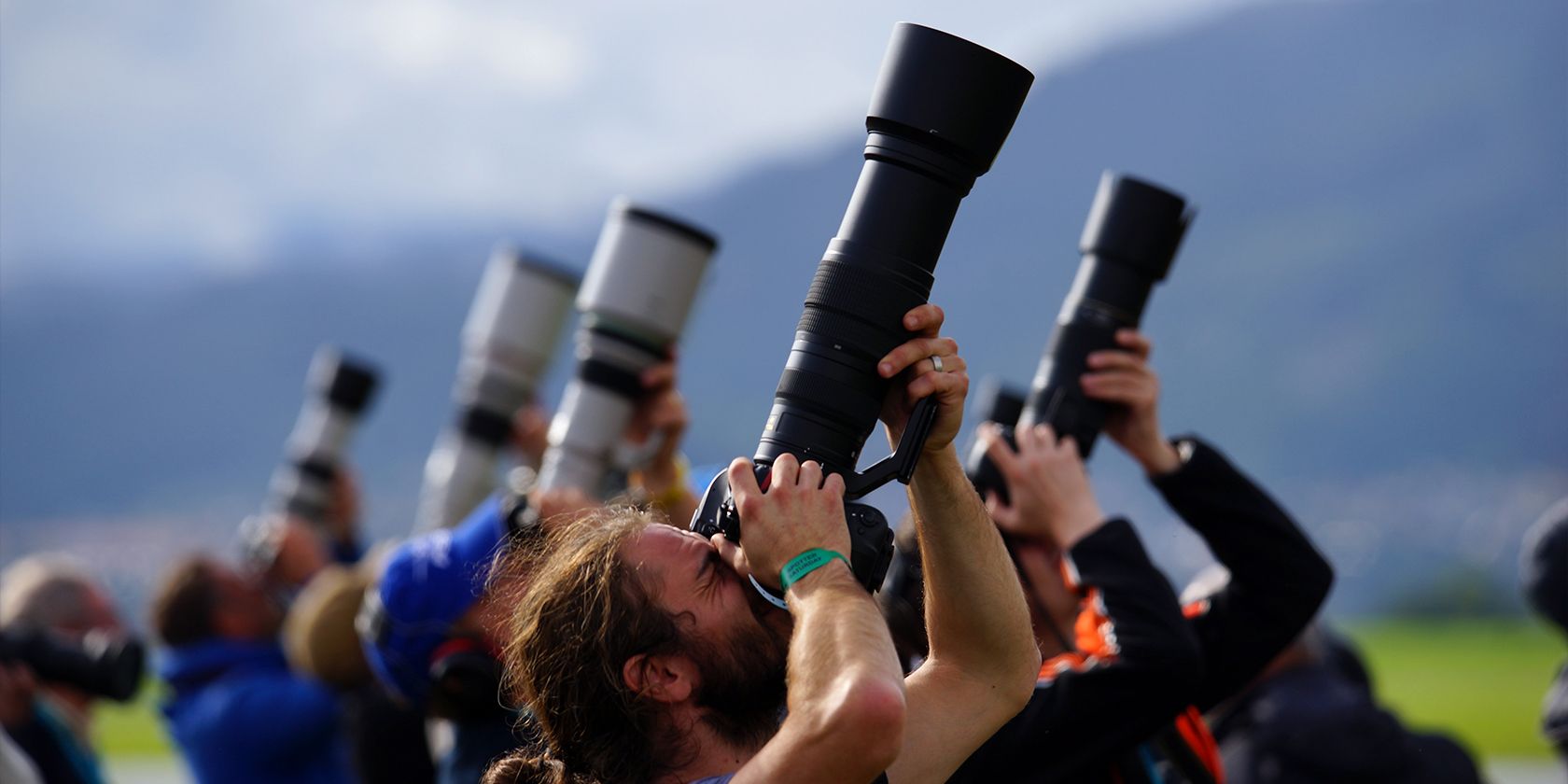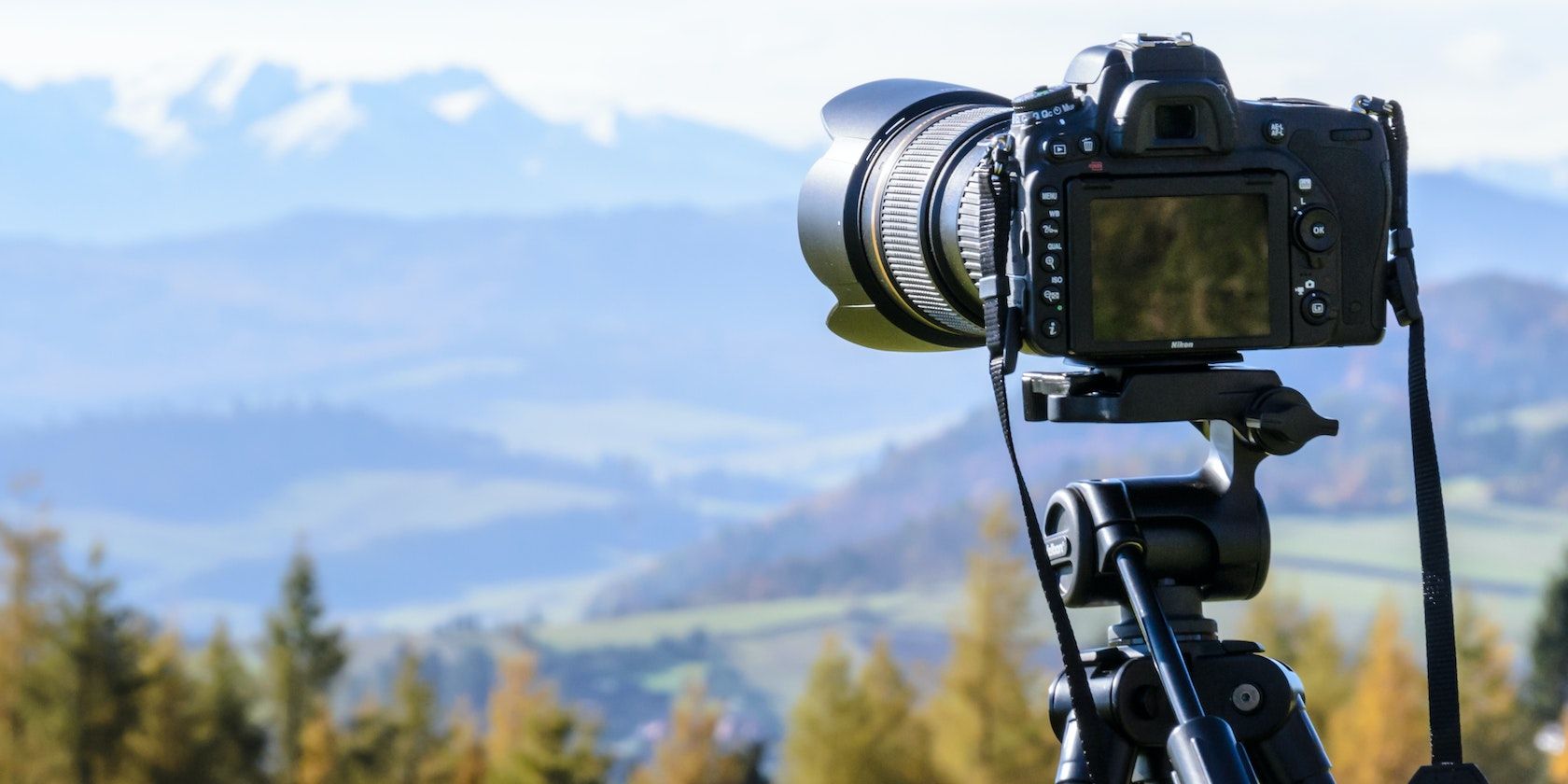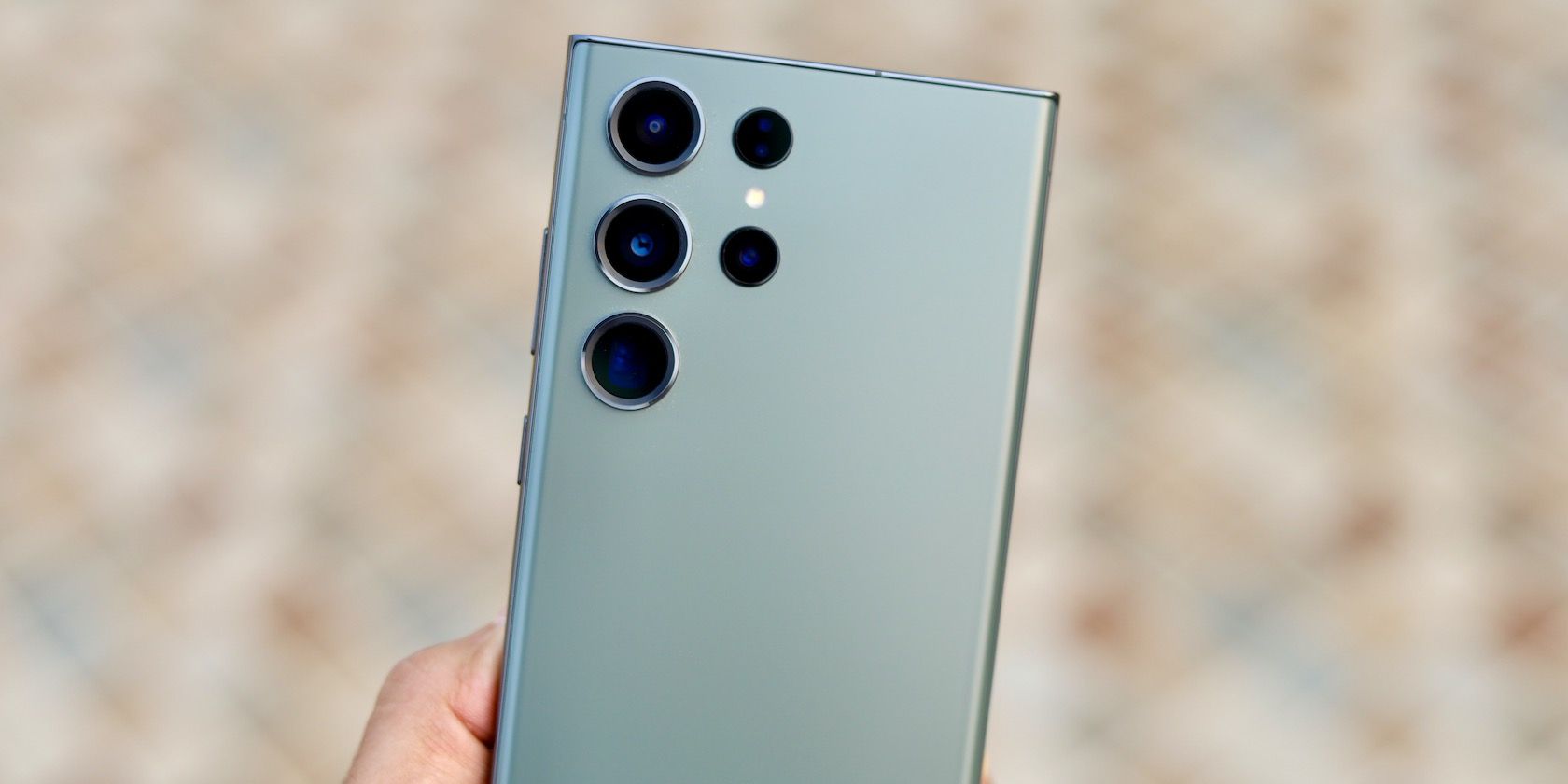Ever wondered why when you zoom into a scene on your phone's camera, the photo quality becomes worse the more you zoom in? But when shooting the same scene on a DSLR, you can zoom in naturally at any magnification without losing image quality.
Why does that happen? Let's discuss the concept of variable optical zoom, how it works, and why smartphones don't have it. We'll also see how tech companies are planning to bring DSLR-like zoom to smartphones in the next few years and what the technology could look like.
What Is Variable Optical Zoom?
Variable optical zoom (aka continuous zoom) refers to the capability of zooming into a scene without losing image quality. Professional cameras like DSLRs and mirrorless cameras do this by physically moving the glass inside the lens to change its focal length.
Basically, if you want to fit more of the scene in your shot, you should pick a shorter focal length to get a broader angle of view and lower magnification. Alternatively, if you want to take a zoom shot of a particular object or objects in the scene, pick a longer focal length to get a narrower angle of view and higher magnification.
When you can zoom into a shot without losing image quality, we call it optical zoom. Conversely, zooming digitally means the camera is "pretending" to zoom by simply cropping into the image and scaling it to the desired resolution. This results in noise and blur because you're stretching the limited number of pixels you have.
In other words, digital zoom is a workaround, not a feature.
Why Don't Smartphones Have Continuous Zoom?
Smartphones don't have variable optical zoom for one main reason: ergonomics. Unlike professional cameras that are much bigger and hence carried in bags, a smartphone must be thin enough to fit in your pocket easily.
Don't forget that the camera is just one part of a phone; you also need to make room for the battery, motherboard, speaker, vibration motor, and many different smartphone sensors. A dedicated camera doesn't need to worry about being slim or reserving room for any component not relevant to photography.
Since smartphones are currently unable to achieve variable optical zoom, they use multiple cameras as a clever workaround where each lens is set at a different (but fixed) focal length.
For instance, the Galaxy S23 Ultra has four rear cameras: wide (24mm), ultrawide (13mm), telephoto with 3x optical zoom (70mm), and periscope with 10x optical zoom (230mm). It's one of the Galaxy S23 Ultra's best features.
As long as you shoot at those fixed focal lengths, you will get optical resolution, but the camera will use digital zoom to compensate anywhere between those focal lengths. The more you deviate from those optical focal points, the worse the image quality will be.
Will Smartphones Ever Get Continuous Optical Zoom?
Yes, smartphones will eventually get continuous optical zoom, thanks to the use of folded optics. All major smartphone companies are working on the tech behind the scenes, so you can expect it to come to flagships within three years—but don't expect it to be affordable.
With a folded optical system, smartphones will be able to replicate some of the continuous zoom capability of professional cameras while also remaining thin and light.
In fact, we've already seen the Sony Xperia 1 IV with continuous optical zoom, going from 3.5x magnification (85mm) to 5.2x magnification (125mm). While that's admittedly a small zoom range, the tech will only improve as companies continue to innovate.
Get Ready for DSLR-Like Zoom on Smartphones
Variable optical zoom will improve smartphone photography, allowing for better image quality regardless of the magnification you set. The end goal here is to eliminate the need for multiple cameras on smartphones and just have one camera that can do everything.
That way, we can have one great camera instead of multiple good enough cameras, eliminating inconsistent image quality. Of course, professional cameras will always be more capable technically, but for the average person, buying a DSLR will be even more unnecessary, especially with the help of computational photography.



